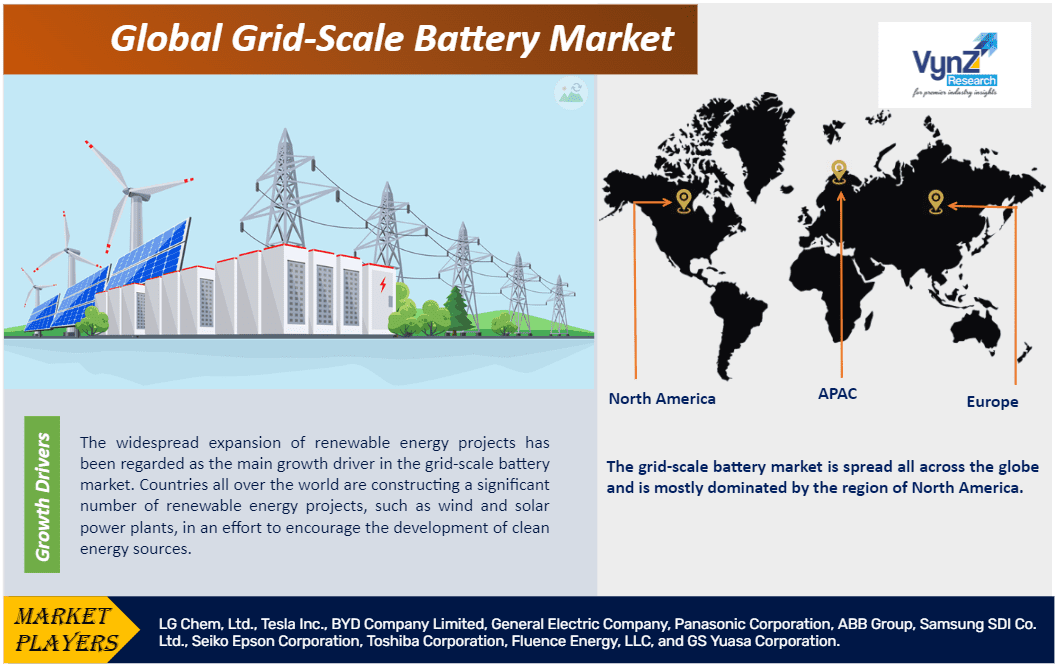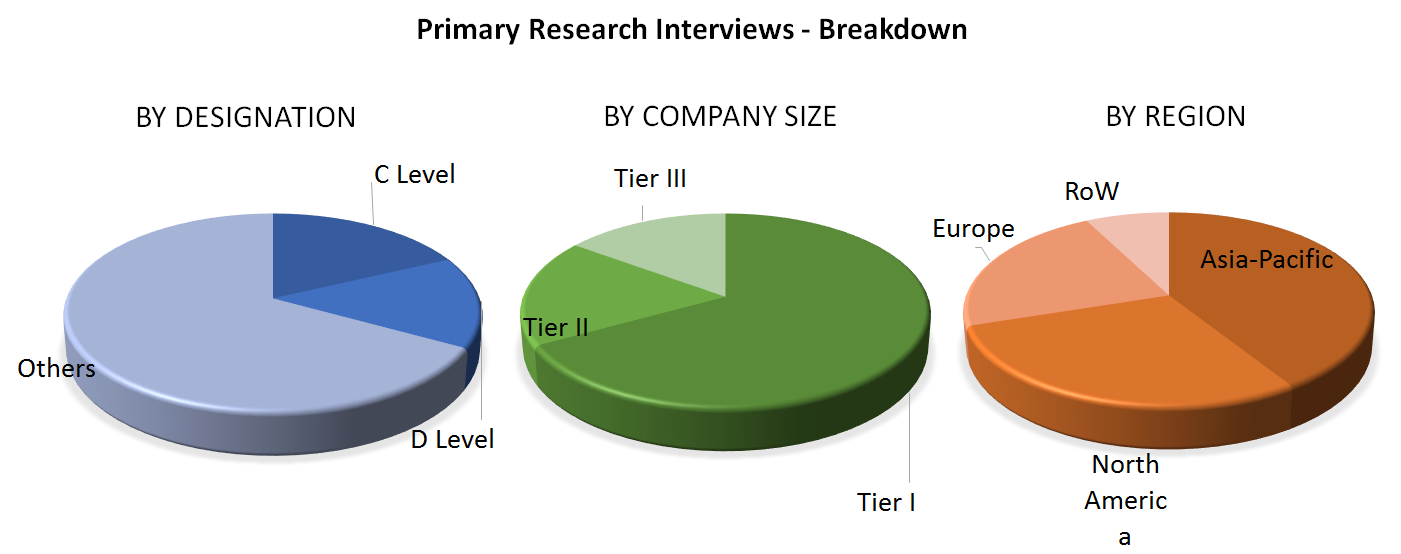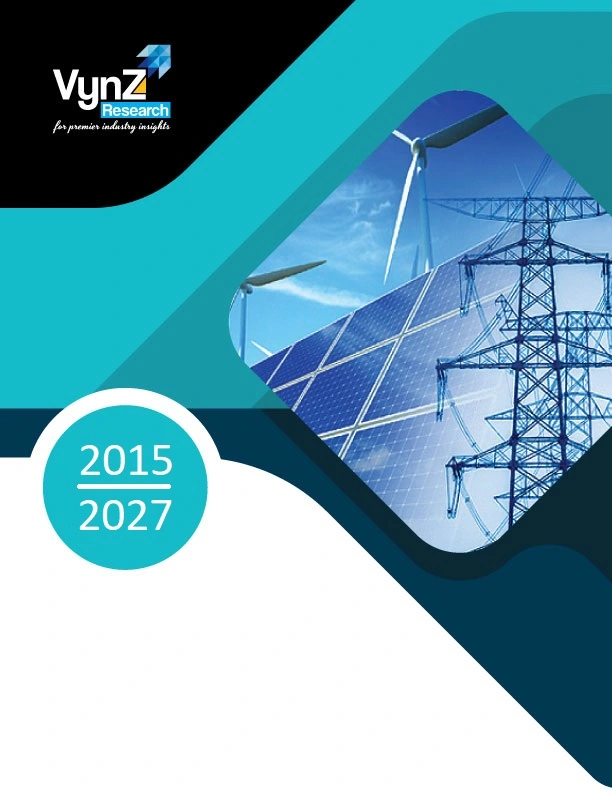Industry Overview
Grid-scale batteries are expected to grow at a CAGR of 37.8% from a market worth of USD 2.1 billion in 2023 to USD 9.8 billion by 2030. Reduced grid-scale battery costs, rising investments in renewable energy, and government subsidiaries, among other factors, are responsible for the market's rapid rise. Along with that, the rise of the grid-scale battery business is also being aided by government policies designed to increase energy efficiency.

Moreover, the demand is, anticipated to be significantly influenced by increased consumer knowledge of efficient energy use and the need to conserve additional energy generated at the grid location through efficient load supervision. Additionally, throughout the projection period, the market is projected to experience strong growth due to rising grid demand brought on by the increased need for distributed energy integration with the grid.
Covid-19 impact
The COVID-19 pandemic outbreak has slowed market expansion because it has harmed the supply chains for the battery industry. The majority of battery market participants are based in the Asia Pacific region, and China, the world's largest manufacturer and a leading supplier of components was the first country to be affected.
Market Segment
Insight by type
Based on the type the grid-scale battery market is divided into lead-acid, flow, lithium-ion, sodium-based, and other grid-scale battery types. In the upcoming years, lithium-ion batteries are anticipated to dominate the industry and hold the highest share is attributed to sharing the highest in the industry's increasing manufacturing capacity and technological advancements. This battery type has superior qualities including high power and energy density as well as being lightweight. Additionally, these batteries have a life lifetime of 5–15 years and 98% efficiency.
Insight by application
The grid-scale battery market based on application has components including frequency regulation, peak shaving, bill management, load shifting, renewable integration, and others. The grid-scale battery market based on application is estimated to have the largest contribution from the Renewable Integration market as it dominates the global Grid Scale battery market projecting to introduce advanced technologies to make the application extensive and trustworthy.
Insight by ownership
Based on ownership, the global grid-scale battery market is categorized into utility-owned and third-party-owned groups based on ownership models. During the forecast period, the market for third-party-owned segments is anticipated to expand at the fastest rate as this approach is extensively owned by North America and Europe. However, the reason behind this extent of use is the grid’s increased stability. Systems operated by other parties also benefit from incentives provided by various governments.
Global Grid-Scale Battery Market Report Coverage
|
Report Metric
|
Details
|
|
Historical Period
|
2018 - 2023
|
|
Base Year Considered
|
2024
|
|
Forecast Period
|
2025 - 2030
|
|
Market Size in 2024
|
U.S.D. 2.1 Billion
|
|
Revenue Forecast in 2030
|
U.S.D. 9.8 Billion
|
|
Growth Rate
|
37.8%
|
|
Segments Covered in the Report
|
By Type, By Application, By Ownership
|
|
Report Scope
|
Market Trends, Drivers, and Restraints; Revenue Estimation and Forecast; Segmentation Analysis; Impact of COVID-19; Companies’ Strategic Developments; Market Share Analysis of Key Players; Company Profiling
|
|
Regions Covered in the Report
|
North America, Europe, Asia-Pacific, the Middle East, and the Rest of the World
|
Industry Dynamics
Growth Drivers
The widespread expansion of renewable energy projects has been regarded as the main growth driver in the grid-scale battery market. Countries all over the world are constructing a significant number of renewable energy projects, such as wind and solar power plants, to encourage the development of clean energy sources. Due to their intermittent nature, renewable energy plants' expanding capacity has led to a variable output of power. The grid's functioning has suffered as a result of it. Grid-scale batteries provide a solution to this issue by ensuring the storage of extra electricity during periods of overproduction. In the upcoming years, the market for grid-scale batteries is projected to grow as a result of the continued expansion of renewable energy projects.
Challenges
A significant obstacle to the growth of the grid-scale battery sector is noted as environmental concerns and limited durability in adverse weather conditions. It's crucial to comprehend how batteries affect the environment, as well as how to recycle and dispose of them. Another difficulty the business may have shortly is the environmental impact of mining the minerals utilized in the production of these batteries.
Opportunities
The growing demand for these batteries from quickly expanding renewable energy markets like China, India, and other developing nations is one of the market's major growth prospects. These nations are seeing significant investment in the growth of wind and solar power projects due to the aggressive targets for adding renewable energy capacity. The requirement for energy storage is anticipated to grow as a result of the expansion of renewable energy capacity. This issue is addressed by grid-scale batteries, which guarantee the storage of surplus energy produced by new power sources. As a result, developing nations present a wealth of potential prospects for the grid-size battery market in the ensuing years.
Industry Ecosystem
Solar energy is anticipated to create a significant amount of electricity shortly, which will raise the need for grid-scale batteries as they are crucial for reducing power fluctuation in grids. Additionally, the market for grid-scale batteries is probably being driven by the falling cost of lithium-ion batteries.
Geographical Overview
The grid-scale battery market is spread all across the globe and is mostly dominated by the region of North America. The rising demand for renewable energy storage in the residential, non-residential, and utility sectors is the cause of the market's expansion in North America. Additionally, Asia-Pacific has also evenly contributed to the market expansion. The region behind the market expansion in ASPAC is rapid population growth. Due to the ambitious capacity expansion goals of renewable energy projects in nations like China, India, Japan, Indonesia, and South Korea, the Asia-Pacific region is anticipated to experience the highest growth in the grid-scale battery market. Another key factor propelling market expansion in the region is the rising investment in power transmission and distribution.
News & Update
To integrate 175 GW of renewable energy into the energy system by the year 2022, India launched the first grid-scale battery storage system in the nation in 2017. This scheme is a collaboration between Mitsubishi and the American energy storage firm AES, and it is owned and operated by Tata Power Delhi Distribution.
Competitive landscape
To acquire a competitive edge, market participants are putting a strong emphasis on R&D to produce cutting-edge products. The development of novel goods has been facilitated by the establishment of strong market positions by businesses in the battery production and storage fields. Integration is another method used by businesses like ABB, GE, and Samsung SDI to enable low-cost production with higher productivity. One of the main strategies being used by market participants is the expansion of their product range to grow their base into new application markets. In the grid-scale battery storage market, some of the leading companies are NGK Insulators Ltd., BYD Co. Ltd., Sumitomo Electric Industries, Ltd., Samsung SDI Co. Ltd., General Electric, GS Yuasa Corp., LG Chem Ltd., Mitsubishi Electric Corp., Panasonic Corp., Hitachi Ltd.
The Grid-Scale Battery Market report offers a comprehensive market segmentation analysis along with an estimation for the forecast period 2025–2030.
Segments Covered in the Report
- By Type
- Lead Acid
- Flow
- Lithium-Ion
- Sodium Based
- Others
- By Ownership
- By Application
- Frequency Regulation
- Peak Shaving
- Bill Management
- Load Shifting
- Renewable Integration
- Others
Region Covered in the Report
- North America
- Europe
- Germany
- U.K.
- France
- Italy
- Spain
- Russia
- Rest of Europe
- Asia-Pacific (APAC)
- China
- Japan
- India
- South Korea
- Rest of Asia-Pacific
- Rest of the World (RoW)
- Brazil
- Saudi Arabia
- South Africa
- U.A.E.
- Other Countries





